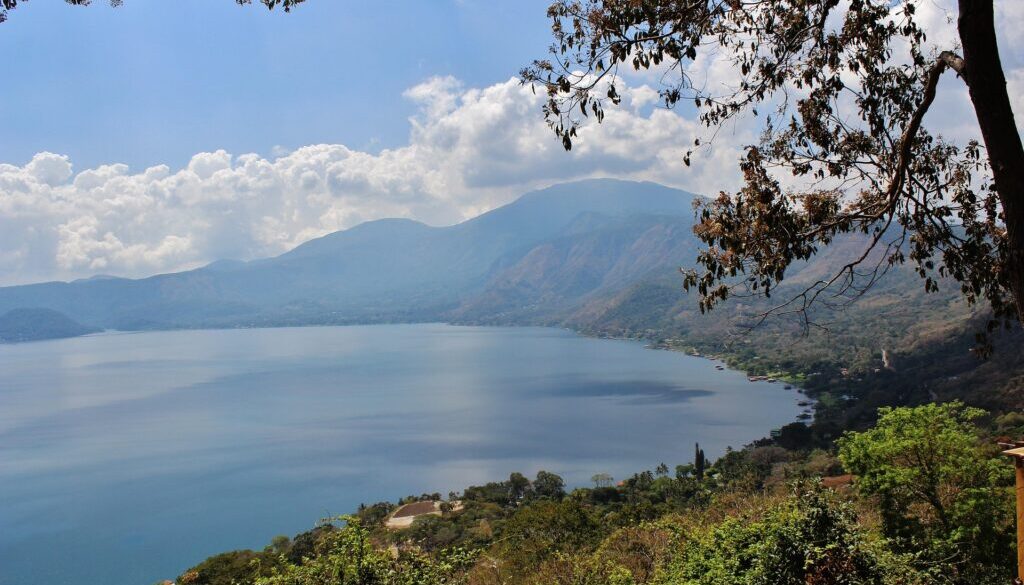The World Bank Boosts Its Growth Forecast for El Salvador
Contact the Central American Group to explore the foreign investment options in El Salvador and Costa Rica.
The latest figures recently issued by the World Bank have shed light on the economic outlook for El Salvador over the medium term. As part of the regional projection, the international institution released its report, Entrepreneurs and Transformational for Employment and Growth, which highlights entrepreneurship and business creation as key factors for inclusive and sustainable economic development in Latin America and the Caribbean. In addition, the World Bank made public its new numbers, which slightly increased the growth forecast for El Salvador.
A slight increase
The World Bank’s new growth forecast for El Salvador has gone up by 0.3 points, going from 2.2% to 2.5% this year and next. The upward revision is not the most significant, but it is a sign that the Salvadoran economy is performing better than expected. The growth forecast for El Salvador by the World Bank now coincides with that of the International Monetary Fund (IMF). But, it is still far from the projection made by the Salvadoran government, which has said that GDP will expand by between 2.5% and 3%.
In this sense, the World Bank’s chief economist for Latin America and the Caribbean, William Maloney, noted that El Salvador’s economic outlook remains conditioned by external factors, particularly remittances from Salvadorans living abroad. These have become the pillar that supports consumption and, at the same time, has prevented the economy from collapsing and poverty from skyrocketing. Maloney did point out that a change in this trend can have an impact on the remittances received by Salvadoran families, and therefore, on the country’s growth forecast.
Remittances and their importance in the country
Remittances received by Salvadoran families account for approximately 25% of the country’s Gross Domestic Product (GDP), one of the highest in the world. These are mainly spent on family consumption, such as food, housing, education, and health services, and are used as a mechanism to guarantee a minimum well-being for millions of Salvadoran families.
The fact is that remittances have continued to be sent to El Salvador over the last few years, and the trend remains upward. This is mainly due to the good health of the United States labor market, where a large part of the Salvadoran diaspora is concentrated. However, there is still concern about what this trend will be like, especially after the start of the Donald Trump administration and its firm hand on illegal migration. In this sense, the experts have been closely watching the statistics to observe a downward trend in remittances to the Central American country. So far, this has not happened, since the flow of foreign currency sent to El Salvador has continued to grow at record levels. But some experts have already warned that this trend cannot last much longer.
Should the United States economy slow down, or if deportations of undocumented migrants increase, the new economic projection for El Salvador could be revised in the next revision of the World Bank’s regional projection. In this regard, William Maloney pointed out that diversifying the economy is the main tool to stop depending so much on the income coming from abroad and start building a solid structure to work in parallel for a more stable growth.
Salvadoran economy
In any case, the economic data made public by the Salvadoran authorities in the first two quarters of the year has been very good. The Central Reserve Bank (BCR) reported that the Salvadoran economy grew by an average of 3.22% in the first half of the year, and it was even stronger in the last three months, with GDP increasing by 4.1% compared to the same period in 2021.
The activity that led growth during the first half of the year was construction, with a 33% increase, supported by various public works executed and the boom in real estate development, both housing and commercial. The BCR report for the last quarter indicated that 19 economic activities are monitored, of which 12 registered growth and 7 recorded a decline.
The economist Otto Rodríguez has not ruled out that the first half of the year is reflected in the second half due to the fiscal correction that has been imposed. “We believe that the projection of 3% maintained by the government is still somewhat optimistic,” he said. “We will have to live with a fiscal position that will put pressure on the economic situation and with remittances, which have not been able to sustain the growth they had in the first half of the year, although this is stabilizing.”
Regional and International growth estimates
The new growth forecast for El Salvador is still below that of other Central American countries. Panama, Costa Rica, and the Dominican Republic, for example, are projected to have growth rates above 4%, according to the World Bank’s report. In part, the Salvadoran economy continues to lag behind other countries in the region due to structural problems, such as limited industrialization, low productivity, limited diversification, or, conversely, excessive dependence on volatile factors.
In this sense, El Salvador remains highly dependent on consumption and remittances, while the other Central American countries are advancing more towards an investment-led growth model. The government has tried to reverse this trend through tourism, technology, renewable energies, and other similar sectors. However, the results of this work are still measured.
El Salvador has sought to position itself as a more stable economy, and this has already won it some followers on the international scene. Inflation, for example, has been controlled better than in other Central American countries and has not generated those inflationary spirals typical of the area. Fiscal policy has also sought to correct itself to try to balance the public accounts and, at the same time, maintain investment in social programs.
Contact Us
Please use this form to contact us and we will respond as soon as possible:





